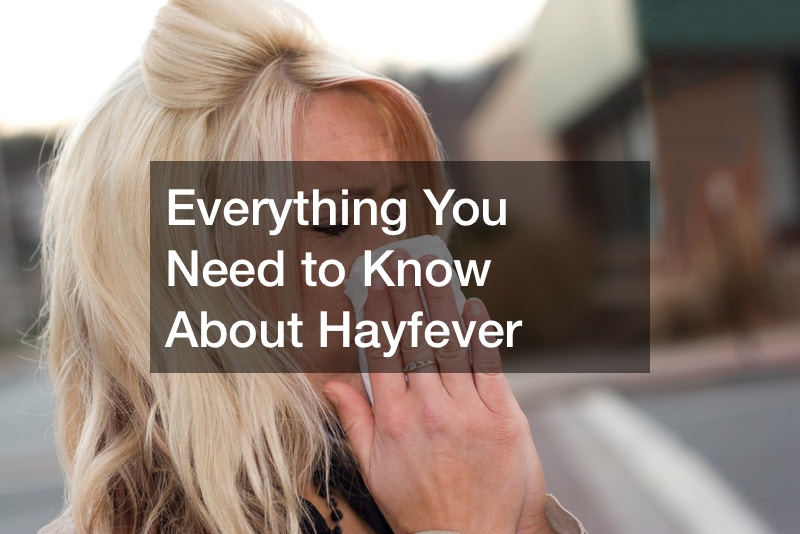
With allergy season well on its way, it’s important to know what to look out for in order to have an allergy-free summer. While allergies vary from person to person, there are several certain substances that many have proven allergic too. One of the most common sicknesses associated with allergies is hayfever. You’ve probably heard of hayfever before, but new research on the illness helps us know what to avoid when dealing with hayfever.
In this video, we will take a look at the causes, symptoms and treatments for hayfever. Let’s get started!
Hayfever is mostly surmised to be due to pollen in the air. When you breathe these pollen particles in the air, you may experience several symptoms of hayfever. These symptoms include a runny or clogged nose, frequent sneezing, coughing, and postnasal drip. You may also have an itchy throat or eyes when you come into contact with pollen. Additionally, dark circles can also indicate allergic reactions. Often a doctor will diagnose hayfever based on your symptoms, and medications and nasal sprays are often the solution. Using distilled or sterilized water with saline to rinse out your nose is a helpful counter to hayfever.
.

